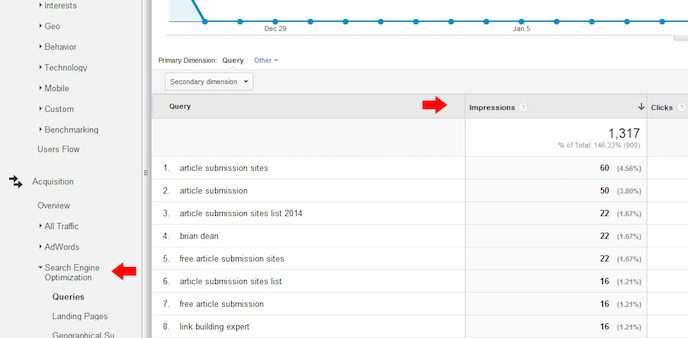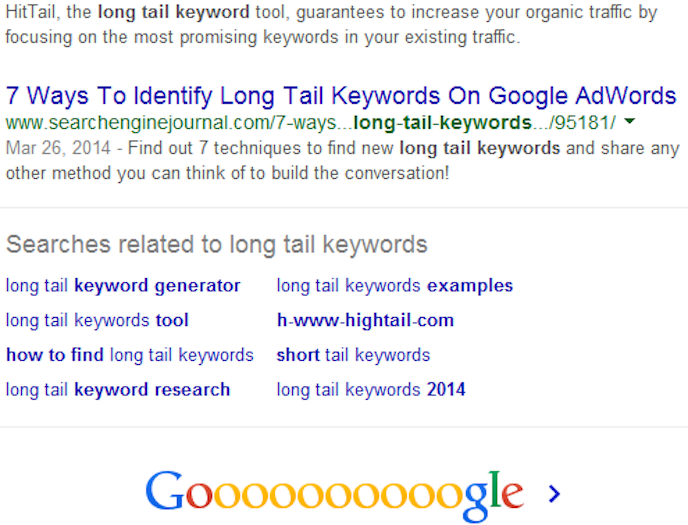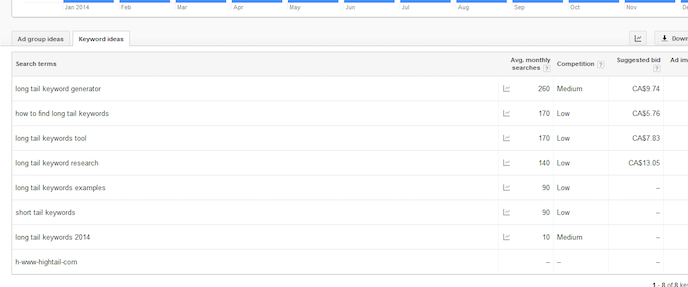
The effectiveness of long-tail keywords cannot be questioned and if utilized the right way, you can increase your search rankings quickly. For those of you NOT aware of long-tail keywords, they are…
Long tail keywords are those three and four keyword phrases which are very, very specific to whatever you are selling. You see, whenever a customer uses a highly specific search phrase, they tend to be looking for exactly what they are actually going to buy. (Definition provided by WordTracker.com)
From the definition, you can see how, if utilized correctly, they can increase conversion rate and generate enormous leads. Over the years, I’ve been playing around with the concept of long-tail keywords trying to find ways to strategically make them more useful. For example, is there a way to add them to existing content? Where to find the best keywords? How to optimize your content correctly? With that said…
I would like to introduce a cool concept you can add to your content marketing. This strategy works great for content which is already ranking well for a “target†keyword within the SERP’s.
Check Search Queries
The most important step in this strategy involves finding keywords you are already ranking for. This information can be found within Google Analytics under Search Engine Optimization>Search Queries. The goal is NOT to find keywords with low traffic each month, but those that provide a decent amount. You have to remember the point of a solid keyword is to provide traffic once you rank higher for it within the SERP’s. Next,
Simply go through the search queries looking for keyword impressions and CTR. When both these numbers are high, you know it is generating some traffic to your website. Here’s something else you should try…
Since this strategy can be applied to all content, go through even the older content looking for search queries you are ranking for. I would suggest finding a keyword planner for content with potential. Make a list of the keywords and then go to the next step.

Google Search
Now that you have a list of your “target†keywords, you can start searching for related long-tail keywords within Google. What many people don’t know is that Google provides an awesome tool for finding keywords quickly and efficiently. Here’s what you can do…
Take of keyword and type it within Google. This keyword should be your main keyword and already bring traffic to your blog. Remember, you calculated its potential in Google Analytics through search queries>CTR. Next, click search and wait for the results to appear. Then scroll down to the bottom near “Searches Related Toâ€. Here you will find long-tail keywords related to your “target†keyword. The great thing about these results is they are gathered from Google search data and have search volume. For example,
Using the keyword “Long Tail Keywordsâ€, I generated the following…

Now, here’s a quick shot from Google Keyword Planner showing monthly search volume and competition. You’ll notice most of them have decent searches per month. If your thinking they are too low in search volume…your right! However, when you combine them all together adding them to your content, they equal a decent amount of traffic.

Create an organized list of all the “targeted†and “long-tail keywords†so you can simply add them to your content. Here’s how to do that…
Editing Your Content
Once you’ve gathered all your long-tail keywords, the next step is very simple as you just have to go to each individual post and add them to your content. The key is to NOT use all the long-tail keywords because this might ruin the natural flow of your content. Pick a handful which will benefit your content and increase organic traffic. When adding them, you have to make sure…
- Your content still makes sense
- Content stays relevant
- These keywords make a smooth transition
Many people have often wondered if this strategy does actually works. If utilized correctly than you’ll definitely see an increase in long-tail rankings. Your already ranking for a powerful “target†keyword which adds value to these other long-tail keywords. Remember, Google looks for relevance when ranking pages so having a high ranking “main†keyword helps add value to the others. Give it a try yourself since it’s NOT hard to implement into your content.